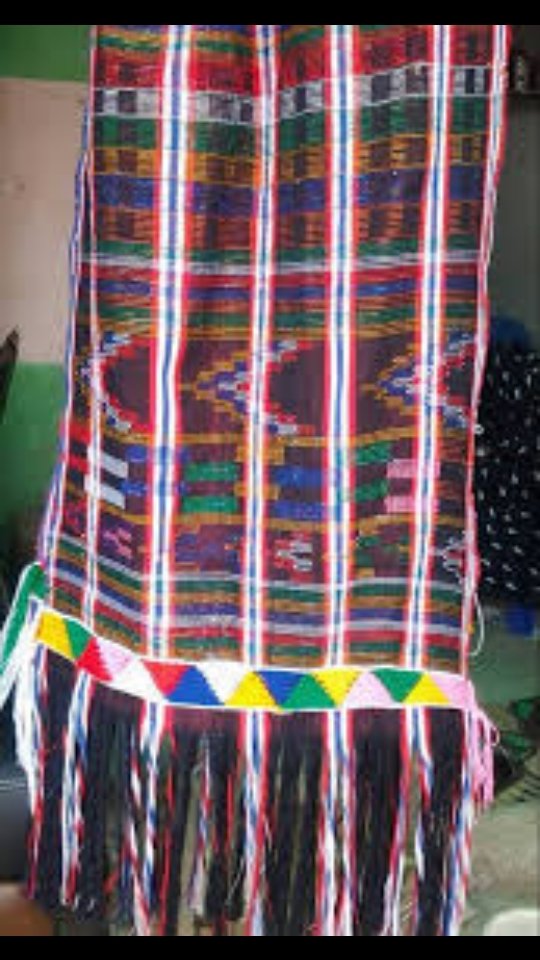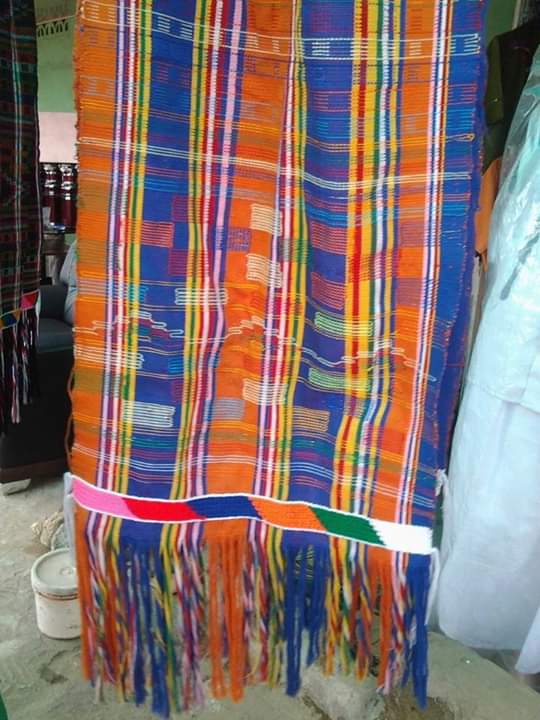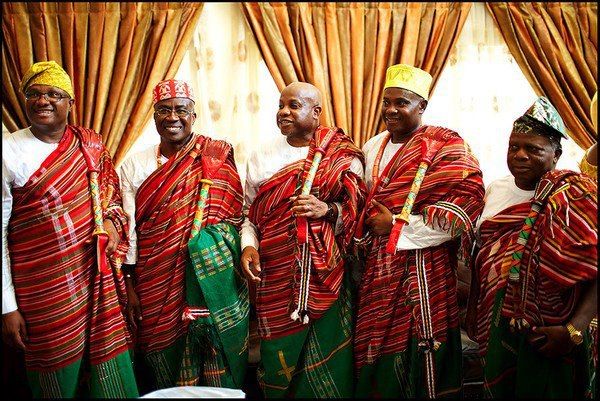From 1400s - 1900s, the "Igbu" which the Portuguese referred to as "Mukponoqua or Bini cloth was a currency & sought after commodity by Europeans & West Africans. The cloth is made from a type of cotton called Olulu or “Ishan cotton” (G. vitifolium) by Europeans.
#thread
#thread
The indigenous cotton has been cultivated in Esan long before the 1500 but were not exported or sold to other areas. Instead, the Esan exported large quantities of cloths manufactured from indigenous cotton. Cloth weaving was the predominant occupation for women in Esanland.
The Ukpon Ododo or multicoloured cloth was the popular Esan cloth, which attracted commercial status frm European traders starting with the Portuguese in 1400s. The size of production were large & cloth production was the largest industry in the area in postcolonial era.
The Esan textile industry covered the whole value chain. Cotton was grown mainly for weaving cloth. Cotton cultivation, yarn making, dyeing and weaving were parts of a process in which women of differing experiences and ages participated. Cloth manufacturing was market oriented.
By the beginning of the 1500s, Esan cloth fetched a good price ranging from 3 manillas for the "Igbu" which about 24 inches in width. The Esans sold it to the Bini who sold it to the Portuguese, Dutch & English bought them in thousands for resale in other parts of the Africa.
The European bought the clothes and also used them to purchase slaves & gold in other parts of Africa Esan cloth known by the Portuguese and the Dutch as the Benin cloth had the advantage of a currency being comparatively a non-perishable commodity that can be easily stored.
When the British conquered Esanland. They hijack the Esan textile industry. They established the British Cotton Growing Association (BCGA) in Uromi in 1902 for the main purpose supplying cotton to British textile industry. The even introduced other varieties of cotton to the area
In 1912, the BCGA purchased 15,000Ibs of cotton at one penny per pound weight from Esan. They were exported through Illushi port. In 1913 export rose to 215,000 Ibs. By the end of 1915, cotton production for export had stopped in Esan. The British Cotton Experiment had failed.
The trade was affected by WW1 & the great depression. By 1926 Esan farmers were still growing cotton. It was grown to a large extent for local purposes as it was no longer profitable to sell to the British whose offers had become too small.
In 1938 attempts were made by the BCGA and the colonial govt to revive cotton cultivation in Benin. They later decided it was not a desirable to invest any more money on the cultivation of cotton in the province since it had already been tried and proved unsuccessful.

 Read on Twitter
Read on Twitter






